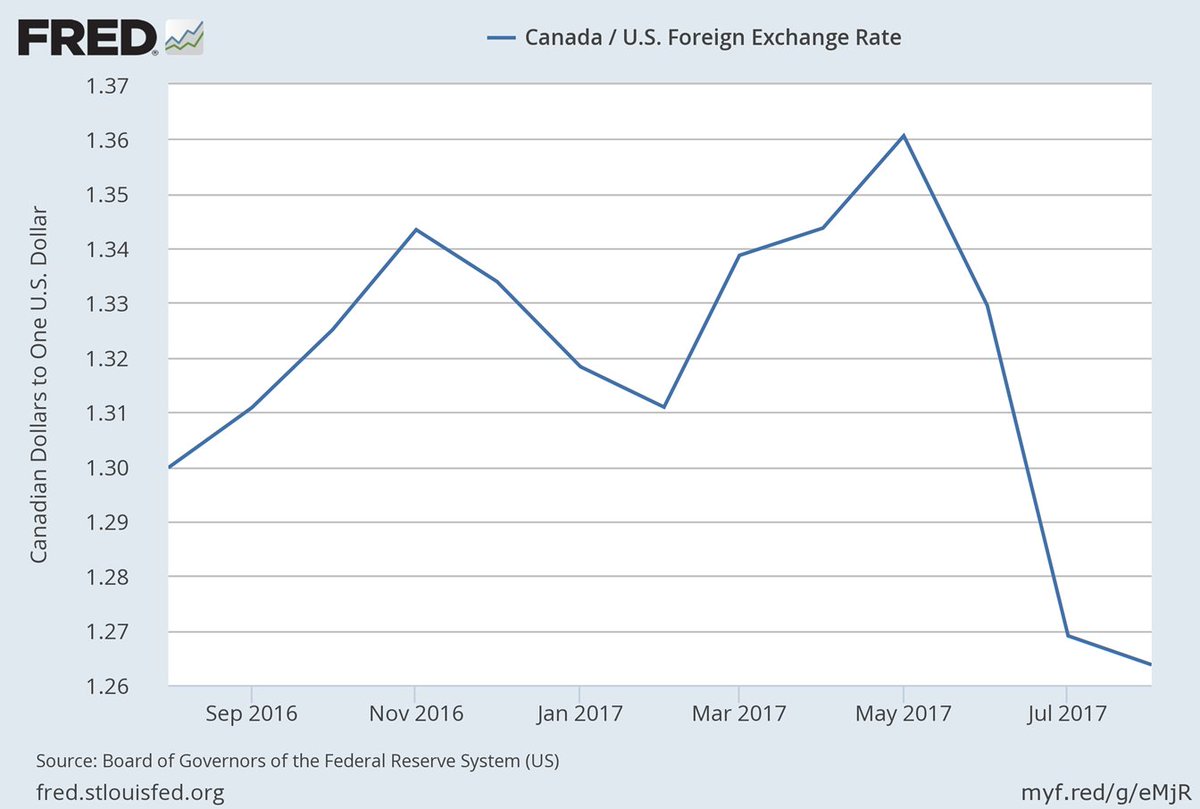Navigating The Complexities Of The Chinese Automotive Market: Case Studies Of BMW And Porsche

Table of Contents
Understanding the Unique Dynamics of the Chinese Automotive Market
The Chinese automotive market is far from monolithic. Success requires a deep understanding of its multifaceted nature.
The Shifting Landscape of Consumer Preferences
Chinese consumer preferences are evolving at a breathtaking pace. Several key trends define this shift:
- Electric Vehicle (EV) and New Energy Vehicle (NEV) Dominance: The Chinese government's strong push towards electrification, coupled with growing environmental awareness among consumers, has fueled explosive growth in the EV and NEV segments. Automakers must prioritize electric vehicle development and production to remain competitive.
- Technologically Advanced Features: Chinese consumers, particularly younger buyers, demand advanced features like autonomous driving capabilities, sophisticated infotainment systems, and connected car technologies. Failing to offer these can severely impact market share.
- Social Media Influence: Online reviews, social media buzz, and key opinion leaders (KOLs) heavily influence purchasing decisions in China. Positive online presence and effective digital marketing are critical.
- Regional Variations: Consumer preferences vary significantly across China's diverse regions. Strategies must be tailored to specific regional tastes and economic conditions. What sells well in Shanghai might not resonate in rural areas.
Navigating Government Regulations and Policies
Government regulations play a crucial role in shaping the Chinese automotive market. Navigating these complexities is paramount for success:
- Stringent Emission Standards: China has implemented increasingly stringent emission standards and fuel efficiency requirements, pushing automakers to develop cleaner vehicles.
- Incentives and Subsidies: The government offers substantial incentives and subsidies for the adoption of electric and hybrid vehicles, influencing consumer choices and impacting market dynamics.
- Import Tariffs and Local Content Requirements: Import tariffs and local content requirements impact pricing and production strategies. Joint ventures and local production are often necessary to reduce costs and navigate these regulations.
- Market Access and Competition: Government policies significantly influence market access and competition. Understanding these regulations is crucial for gaining a competitive edge.
BMW's Strategy in the Chinese Automotive Market
BMW has adopted a multi-pronged strategy for success in China, focusing on localization, marketing, and electrification.
Localization and Production
BMW's commitment to localization is evident in its strategic partnership:
- BMW Brilliance Automotive (BBA): This joint venture with Brilliance China Automotive Holdings plays a vital role in local production, allowing BMW to access the Chinese supply chain and better understand local consumer needs.
- Model Adaptation: BMW adapts its models and features to meet specific Chinese consumer preferences, including offering long-wheelbase versions of popular models to cater to the demand for extra rear-seat space.
- Local Supply Chain: Investing in local suppliers ensures cost efficiency and quicker response times to market demands.
Marketing and Branding
BMW's marketing strategy in China is sophisticated and data-driven:
- Targeted Campaigns: BMW utilizes targeted marketing campaigns tailored to different demographics and consumer segments.
- Digital Engagement: Leveraging digital marketing channels and social media platforms like WeChat is essential for reaching Chinese consumers.
- Customer Experience: BMW focuses on delivering exceptional customer experiences to build brand loyalty and advocacy.
Electric Vehicle Push
BMW recognizes the importance of the EV market in China:
- EV Production Investment: Significant investments in electric vehicle production facilities and charging infrastructure demonstrate BMW's long-term commitment to the Chinese EV market.
- Tailored EV Models: BMW introduces new EV models specifically designed and engineered to appeal to Chinese consumer preferences.
- Addressing Range Anxiety: BMW actively addresses range anxiety and charging infrastructure concerns through technological advancements and partnerships.
Porsche's Strategy in the Chinese Automotive Market
Porsche's approach emphasizes brand exclusivity and digital engagement while adapting to the growing EV market.
Maintaining Brand Exclusivity and Luxury Positioning
Porsche's strategy centers on preserving its luxury image:
- High-End Models: Porsche maintains a focus on high-end models and offers extensive customization options to cater to discerning Chinese consumers.
- Exclusive Dealerships: Porsche operates exclusive dealerships that offer personalized customer service and create a premium brand experience.
- Strategic Partnerships: Strategic partnerships and collaborations further enhance the brand's image and access to the market.
Digital Marketing and Customer Engagement
Porsche leverages digital channels effectively:
- Online Platforms: Porsche utilizes online platforms to reach affluent Chinese consumers, focusing on impactful digital advertising.
- Immersive Experiences: Porsche creates immersive brand experiences and virtual showrooms to engage potential customers.
- Online Community Building: Cultivating a strong online community fosters brand advocacy and customer loyalty.
Adapting to the EV Transition
Porsche is strategically entering the EV market while maintaining its performance legacy:
- Performance EVs: Porsche introduces electric models that retain the brand's performance DNA, addressing the concerns of performance-oriented consumers.
- Charging Infrastructure: Investment in charging infrastructure and supporting technologies reduces range anxiety and enhances the EV ownership experience.
- Balancing EV and Combustion Engine Models: Porsche carefully balances the demand for EVs with the continued popularity of its combustion engine models to maintain brand identity.
Conclusion
The Chinese automotive market's complexity demands agile and adaptive strategies. BMW and Porsche, through their distinct yet successful approaches, demonstrate how international automakers can navigate this dynamic landscape. BMW's focus on localization, a strong EV push, and sophisticated marketing contrasts with Porsche's emphasis on preserving brand exclusivity while embracing digital channels and strategic EV introductions. Understanding these case studies offers invaluable insights for businesses aiming to succeed in this crucial and ever-evolving Chinese automotive market. To delve deeper into the nuances of this vital market and discover more successful strategies, continue researching the Chinese automotive industry's growth and development. Further exploration into the challenges and opportunities within the Chinese automotive market will be crucial for achieving sustainable success in this competitive environment.

Featured Posts
-
 Cad Exchange Rate Fluctuations A Comprehensive Analysis
Apr 24, 2025
Cad Exchange Rate Fluctuations A Comprehensive Analysis
Apr 24, 2025 -
 Cocaine At The White House Secret Service Completes Investigation
Apr 24, 2025
Cocaine At The White House Secret Service Completes Investigation
Apr 24, 2025 -
 Liams Unstable Behavior And Bridgets Revelation The Bold And The Beautiful April 16 Recap
Apr 24, 2025
Liams Unstable Behavior And Bridgets Revelation The Bold And The Beautiful April 16 Recap
Apr 24, 2025 -
 Recent Trends In The Canadian Dollar Exchange Rate
Apr 24, 2025
Recent Trends In The Canadian Dollar Exchange Rate
Apr 24, 2025 -
 Analysis How Chinas Rare Earth Restrictions Affect Teslas Optimus Robot
Apr 24, 2025
Analysis How Chinas Rare Earth Restrictions Affect Teslas Optimus Robot
Apr 24, 2025
